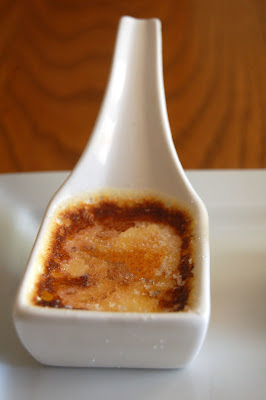But, that is what is funny about the culinary world, is that an innovation can come from the most unlikely of places. The Philly Cheese steak is one of those foods which once you crave, no other food with suffice. Thinly sliced pieces of steak, sauteed with onions and peppers, then stuffed into a hoaggy role before being topped with provolone cheese.
Now originally I was not a fan of this Pennsylvanian import, partially because of my die hard loyalty to the Cleveland Browns, which requires that you cringe any time something near to Pittsburgh is mentioned. But more so for the fact that my first cheese steak was a bit of "Mock Cheese Steak."
While in college one off my friends decided that she would treat me to dinner. She maid her mothers 'Moc Philly' which was a concoction of these frozen meat slices called 'Steakums', 'Frenches Fried Onions', green peppers, 'Cheese Wiz' all stuffed into a hot dog bun. After two bites I excused myself from the table and purged for the sake of my arteries.
Two lessons learned that day. The first is that you can always blame it on the alcohol. The second never trust the word 'Moc'.
After the ulcers from the 'Mock Philly' had healed I did experiment with the sandwich until I found the actual healthy versions of the Philly Cheese Steak. A word to the wise foodie, if you can not find Alfalfa use a small green such as baby spinach.
(If you are packing this sandwich away for later, please do not add the mayo until later. Pack a plastic butter knife a small container or the juices from the steak will mix with the mayo and disintegrate your bun.)
Philly Cheese Steak.
1 medium sized flank steak (about 2 pounds)
1/4 cup olive oil
1/4 cup red wine vinegar
Salt and Pepper to taste
1/2 cup green peppers, sliced
1/2 cup onions cut into rings
12 slices provolone cheese
4 pretzel sub rolls
1/2 cup alfalfa sprouts
mayonnaise (optional)
Using a kitchen mallet tenderize the flank steak until the meat has flattened slightly. In a large zip lock bag or meat tenderizer combine the flank steak oil vinegar and salt and pepper and marinade for up to 4 hours or overnight.
Place the flank steak onto an oiled grill pan and cook 8-10 minutes on each side or until well done. Cover the steak with aluminum foil and set aside to rest.
In a medium skillet saute the peppers and onions. Saute the vegetables until golden brown. Slice the meat into 1/4 inch slices. If using the mayonnaise spread a thin layer on the bottom bun. Top the bun with the slices of meat then the peppers finish with the cheese and alfalfa. Serve immediately.
Serves 4.




